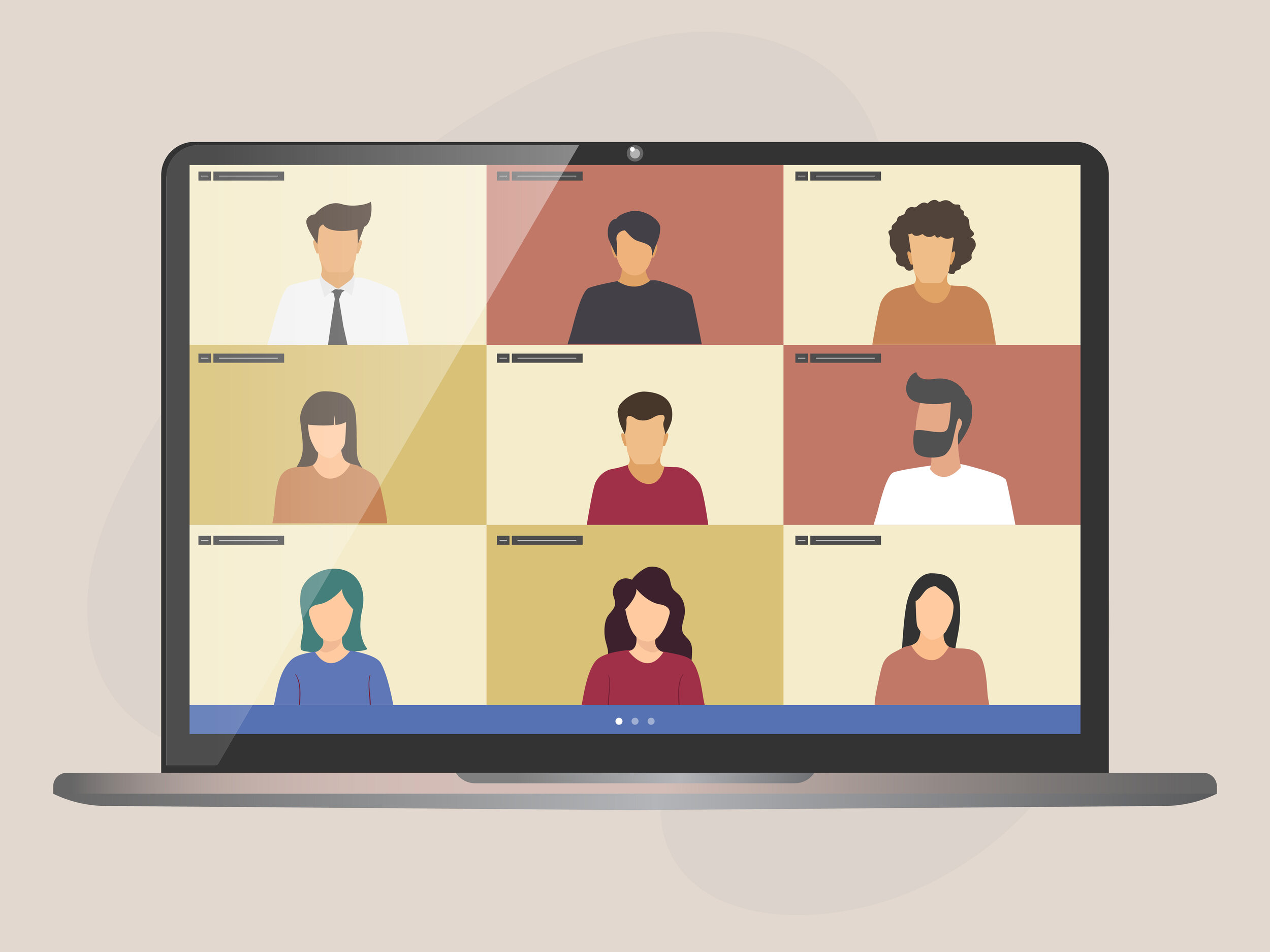Resources for Leading Virtually
“Since many of us will be working virtually for quite a bit longer, finding new and different ways to stay connected remains important. Enhancing the quality of our gatherings can enhance our work cultures for the long haul.”
A few weeks ago I led a workshop for one of my clients on virtual team leadership. Prior to the session I asked them to let me know what challenges they were facing and what they wanted to explore together. Many are struggling to maintain team engagement. They want to bring people together while being mindful of just how busy and overloaded they are feeling. There is more work to do than ever before and many of their employees are parents juggling increased parenting responsibilities with working from home. All this in an organization where very few people worked remotely prior to the pandemic. Everyone agreed that despite the time crunch, taking time to engage powerfully and personally is important—and that they needed ways to do that which are different from the standard meeting templates that worked well enough in “regular” times. My guidance to leaders is to design meetings rather than simply bring people together with a topic agenda. It’s not only about what you cover, but how people are engaging. Designing engagement is critical.
The following resources provide ideas for designing meetings and online interactions that are meaningful—that can help people continue to feel connected or perhaps even feel more connected than before. Since many of us will be working virtually for quite a bit longer, finding new and different ways to stay connected remains important. Enhancing the quality of our gatherings can enhance our work cultures for the long haul.
Here’s a template for a 90-minute gathering designed for ~6 people. This structure would work both for an established team as a way to go deeper and to introduce people who are new to working together. Thanks to my friend, Ed Batista, for this one.
This post by Gustavo Razzetti, who in general has a lot of wisdom to share about building culture, includes tips to get teams to engage more deeply in virtual meetings.
These questions (also from one of Gustavo’s posts) could be used as conversation openers to vary check-ins at the beginning of meetings.
Item #4 in the original post includes additional ideas for check-ins. I consider check-ins to be a key to engagement—and advocate making them less business-oriented and more personal as a way to build connection.
Razzetti mentions conversational turn-taking—Google’s research on teams tells us this is a big deal (and a key to creating psychological safety.) Once people’s voices are included and as they continue to be included, engagement increases.
How are you ensuring that your meetings are inclusive?
Priya Parker, author of The Art of Gathering, writes a newsletter that has been especially helpful during the pandemic, as she talks about gathering virtually.
Here she talks about how we are misusing the mute button—and can encourage people NOT to go on mute unless they need to. Creates a more real life experience and greater connection.
Scroll down to the bottom of the same link and she answers a question about creating “chit-chat” virtually. Her suggestion—take the first 10 minutes to do random breakouts with a clear prompt (see questions above for ideas!! Or don’t give a prompt—just space)—a virtual coffee.
David Brooks wrote an op-ed about ways to have powerful conversations that is relevant both to our work as organizational leaders and in just about all the other roles we play in our lives. The title is “Nine Nonobvious Ways to Have Deeper Conversations” and I highly recommend it!
Liberating Structures
Liberating Structures is one of my all-time favorite things to share with people. It is a toolkit/philosophy/methodology for shifting from top-down to co-creative and inclusive meetings. The Liberating Structure principles are found here. Just by reading the home page you’ll get a sense of what Liberating Structures is all about and lots of ways to learn more, including several podcasts.
Working with Liberating Structures has been a gamechanger for me. I think differently about why and how to bring people together and how to use meetings to unleash creativity and energy while building connection. And, the creators have been exceptionally generous by ensuring that almost everything available is open source. You can attend a 2-hour introduction to using Liberating Structures virtually. This session changed how I ran sessions and thought about working online and have resulted in online workshops that might be even more interactive and engaging than what I used to do in person.
The basic structure you probably want to explore first is “1-2-4 All.” This is kind of a “meta-structure” that can be used in tandem with most of the others. The basic idea is to start with individual reflection, then create pairs for further conversation, then move into fours to explore more and finally bring back the “ahas” to the whole group. I modify this to the size of the group while holding the principle of individual, small group and large group phases of exploration. It’s a powerful way to create more inclusion and ensure that the extroverts, introverts and everyone in between has the chance to think and explore in ways that suit them best.
Here is a menu of the structures, indicating which are easier and harder to implement.
Other Resources
I hope to update this list over time. If you have any favorite resources, please share them with me (ronni@insightoutleadership.com) and I’ll add them with attribution!


